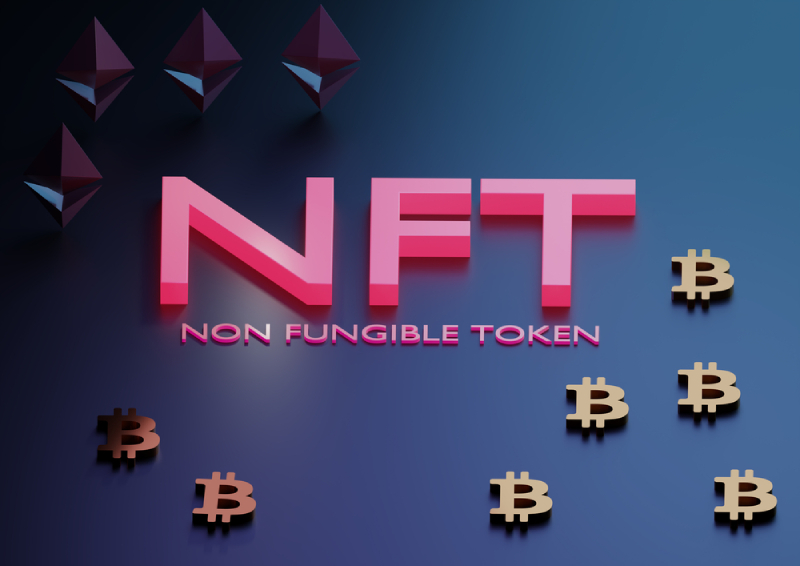Events are happening fast in tax world, and we are VERY busy here at Hinckley Tax Service. But this is a good thing — we’ve been preparing for this season all year, and we love to serve.
We knew that there would be unexpected curve balls this year, but “rewriting the tax code for tax returns that have already been filed” wasn’t on the tax season bingo card. Nor was another round of stimulus. And all of the many other things contained within ARPA (American Rescue Plan Act of 2021).
I will leave the debates to the others … our job is to execute according to the code in front of us, and that’s what we’re doing.
To quickly review, there is a steep income cutoff for those who will receive these payments (80K for individuals, and 160K for married filing joint — with the phaseouts beginning at 75K and 150K respectively). We want to maximize these for our Cleveland clients, and will be doing so. But the good news is that you do NOT have to scramble to file your taxes if your 2020 income brought you into qualifying, and your 2019 did not. It might take a bit longer to get to you, but the IRS has indicated you WILL get it.
If you know anyone who needs assistance, we are tracking all of this for our Cleveland clients and are taking on new clients even now. Feel free to send people our way, and have them use this to get in touch:
https://hinckleytaxservice.com/%E2%80%8B/schedule-a-call/
And we are putting more clients than usual on extension this year because of these and other issues. No official word on the IRS about whether the April 15th deadline will be extended (but lots of chatter). We’ll keep you posted.
This was a very long intro, but the stuff needs to be said. It’s all kind of … nifty for most Cuyahoga County taxpayers.
What I REALLY wanted to talk about is also … nifty — in a certain sense. It’s certainly getting lots of attention. So I thought I’d address it today.
The NFT Craze, Explained By Rich Rhodes
“The only way of finding the limits of the possible is by going beyond them into the impossible.” – Arthur C. Clarke
Last week, an artist sold a piece of digital artwork to a wealthy cryptocurrency holder for a whopping 69.3 million dollars via an online auction conducted by Christie’s. The piece of art, titled Everydays: The First 5000 Days, can be readily viewed for free online via a simple Google Image search.
However, only one person will own the original art piece, and the right to re-sell that original work. The proof of ownership is recorded on a blockchain, similar to how cryptocurrencies such as bitcoin are based on a blockchain. But whereas one bitcoin is interchangeable with any other bitcoin, in terms of the value that one bitcoin represents, an original piece of digital art can only exist once and is not interchangeable with another original piece of art.
In other words, the piece of art is not fungible, as there is only one original (despite the thousands of digital copies floating around social media all of a sudden). The blockchain entry for this non-fungible ownership record is called a Non-Fungible Token, or NFT for short.
Numerous NFTs are being created right now, and each token represents a single unique item. These items can be digital sportsball trading cards, art, music, and other collectibles. NFTs are being sold for things as simple as online avatars, and even virtual land in certain video games, and these items are selling for tens of thousands of dollars in many cases.
Since an NFT is just a bunch of computer code that represents ownership of a particular digital collectible, why are they worth so much?
To answer this question, it’s best to think of each NFT in terms analogous to physical collectibles. There is only one original Mona Lisa in the world. Yes, you can buy a poster copy of the painting on Amazon for 9.95, but you can’t buy the original. Even if the Louvre were willing to sell the original, the estimated value today is around 850 million dollars.
NFTs have been around for several years, but have exploded in popularity over the past few months. Popular musicians, sports players, and other celebrities are creating unique digital items that can be sold as NFTs. For example, in mid-February musician Mike Shinoda, of Linkin Park fame, released a new single as an NFT. Ten of them, actually. Each NFT represented a 75-second clip of the song set to original animation. The first of these sold for five wrapped Ether, or approximately $8,000.
Are these investments worth holding?
NFTs are clearly the shiny object of the moment, but will they retain their value at all, let alone appreciate?
Since each NFT represents a unique collectible item, many assume that they will continue to grow in value. But like all collectibles, they are only worth what somebody else is willing to pay for them. If you’ve paid any attention to the insane volatility of the cryptocurrency markets, you likely have some form of whiplash by now. You should anticipate the value of NFTs to fluctuate likewise.
To me, NFTs can represent some nifty things, but it certainly reminds me of the Dot Com bubble of the late 90s. There will certainly be some of these NFTs that retain their value, but it’s equally possible that many of them will lose value just like those long-gone dot com stocks.
You should also note that trading in NFTs can have tax consequences. Just like bitcoin and other cryptocurrencies, the IRS wants their cut of any capital gains Cleveland taxpayers earn from trading these digital collectibles.
If you are considering trading in NFTs, we are here to help you navigate the murky tax waters of these new-fangled digital assets. Let us know your plans, and we’ll help you avoid the surprise tax bill:
https://hinckleytaxservice.com/%E2%80%8B/schedule-a-call/
We’re in your corner…
Warmly,
Rich Rhodes

